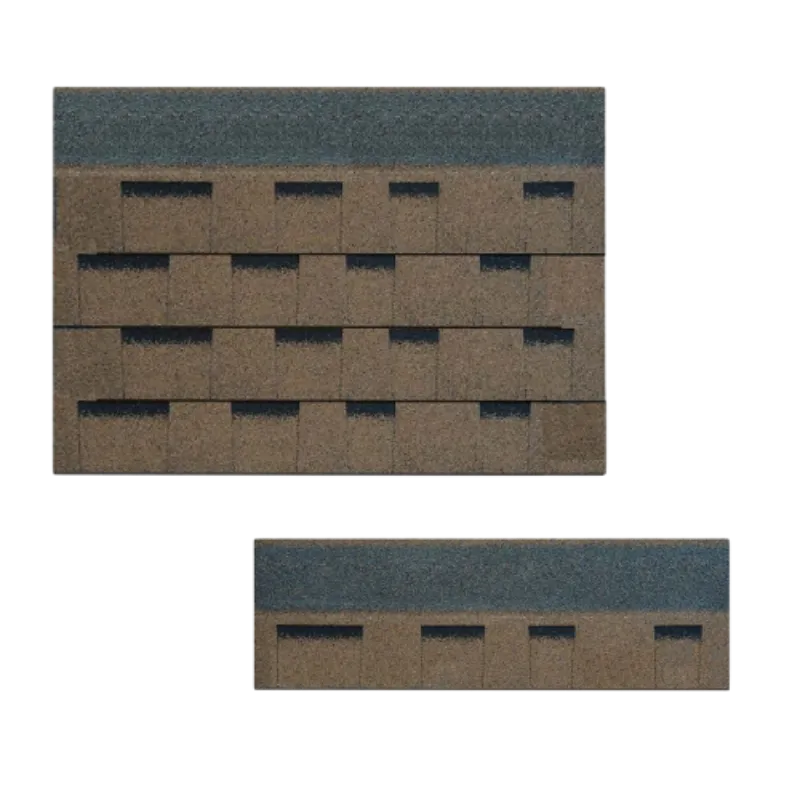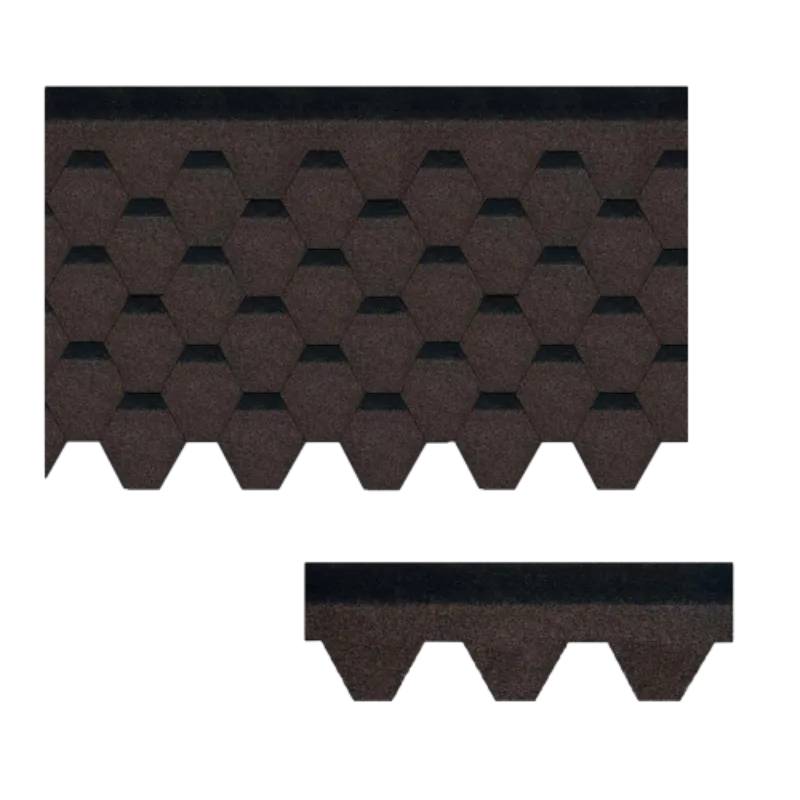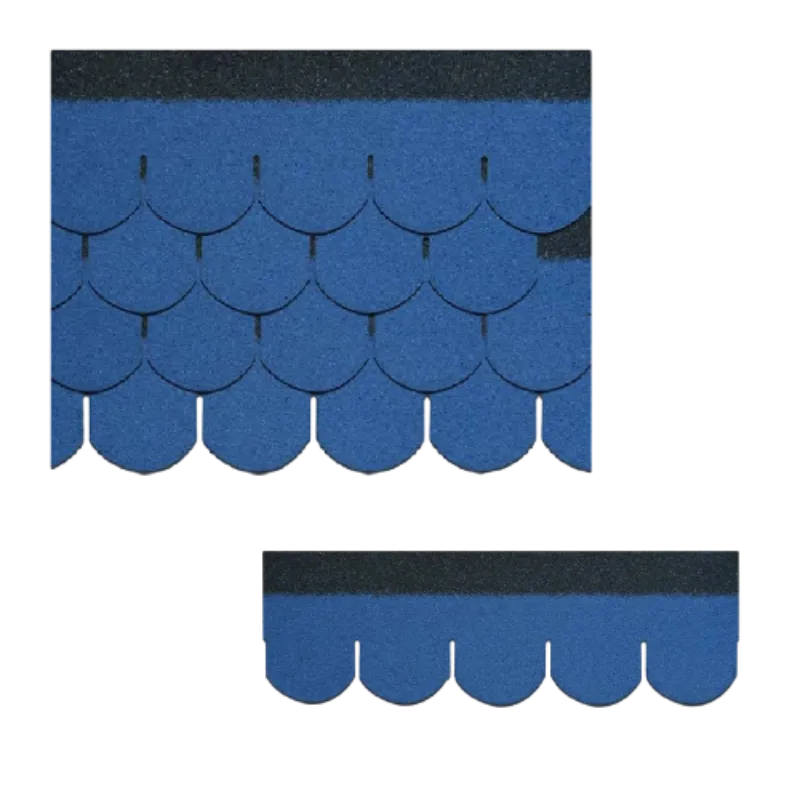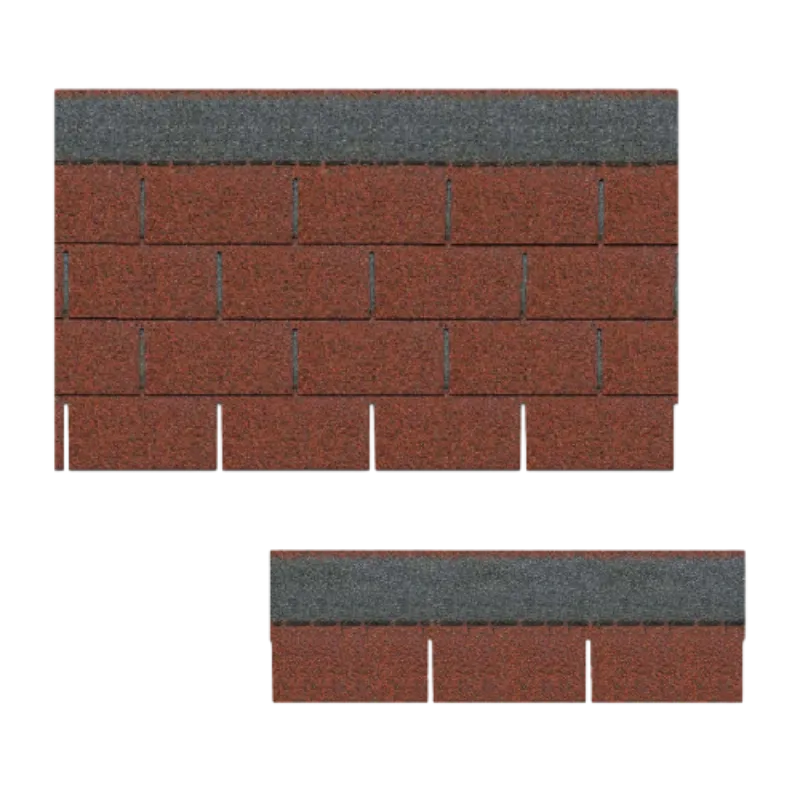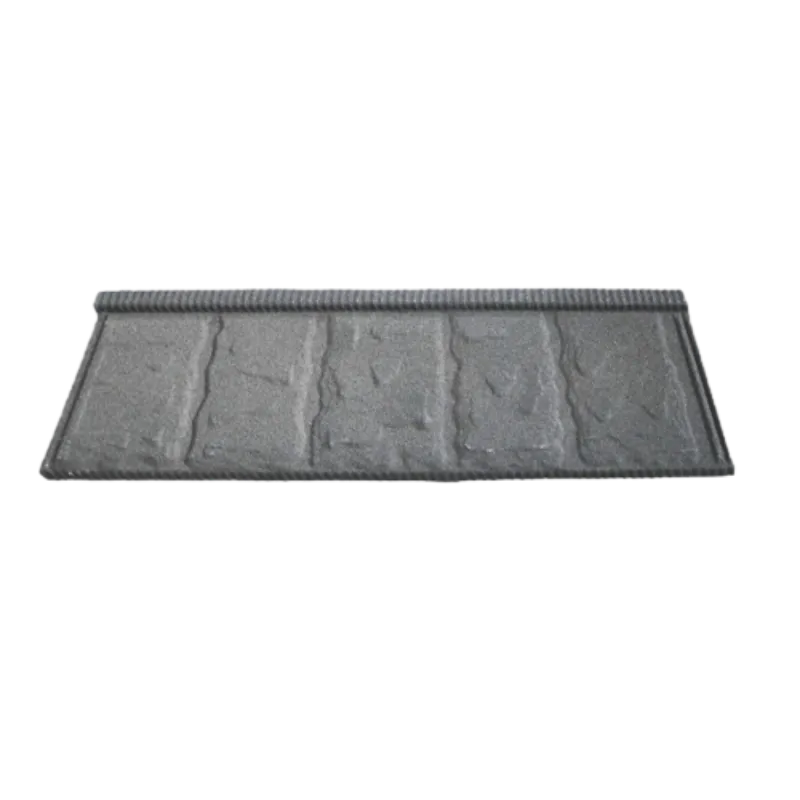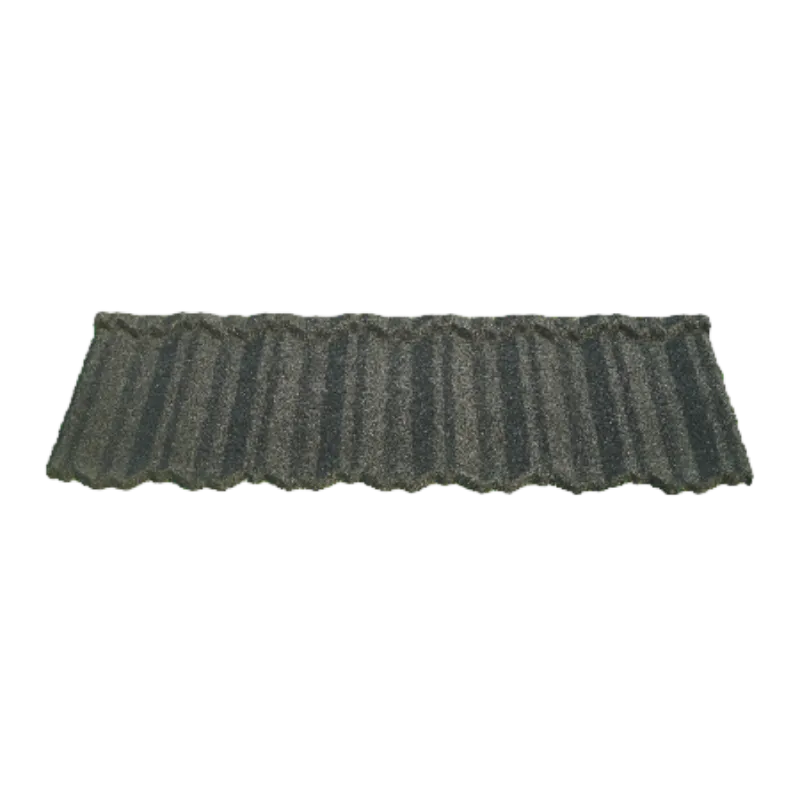
നവം . 17, 2024 00:20 Back to list
bituminous shingle
Understanding Bituminous Shingles A Comprehensive Guide
Bituminous shingles are a popular roofing material chosen by homeowners and builders for their durability, economic efficiency, and aesthetic appeal. Commonly seen in residential roofing, they come in various forms, including asphalt and fiberglass varieties. This article delves into what bituminous shingles are, their benefits, installation processes, and maintenance tips to help homeowners make informed decisions regarding their roofing needs.
What are Bituminous Shingles?
Bituminous shingles are essentially roofing materials made from a base of either organic felt or fiberglass mat saturated with asphalt. This asphalt coating provides a waterproof barrier, making these shingles highly effective in protecting structures from water intrusion, wind, and other environmental elements. The term “bituminous” refers to the presence of bitumen, a viscous substance derived from crude oil that enhances the durability and longevity of these shingles.
There are primarily two types of bituminous shingles organic and fiberglass. Organic shingles have a base made from paper products that are saturated with asphalt, while fiberglass shingles utilize a synthetic fiberglass mat. Both types are then coated with mineral granules that provide UV protection and add color to the shingles, allowing for a range of aesthetic choices.
Benefits of Bituminous Shingles
1. Durability One of the most significant advantages of bituminous shingles is their durability. They are designed to withstand harsh weather conditions, including heavy rain, snow, and wind. This resilience is crucial in preventing damage to the underlying structure.
2. Cost-Effective Compared to other roofing materials like metal or slate, bituminous shingles are relatively inexpensive. They provide excellent value, allowing homeowners to achieve a stylish and functional roof without a hefty investment.
3. Variety of Designs Bituminous shingles come in a wide array of colors and styles, including traditional three-tab and architectural designs. This variety enables homeowners to choose a roofing style that complements their home's aesthetics.
4. Ease of Installation Bituminous shingles are relatively easy to install compared to other roofing materials. Their lightweight nature and straightforward installation process make them a preferred choice for many roofing contractors.
5. Energy Efficiency Many modern bituminous shingles are manufactured with energy-efficient features, such as reflective granules that help reduce heat absorption. This characteristic can lead to lower cooling costs during hot weather.
Installation of Bituminous Shingles
bituminous shingle
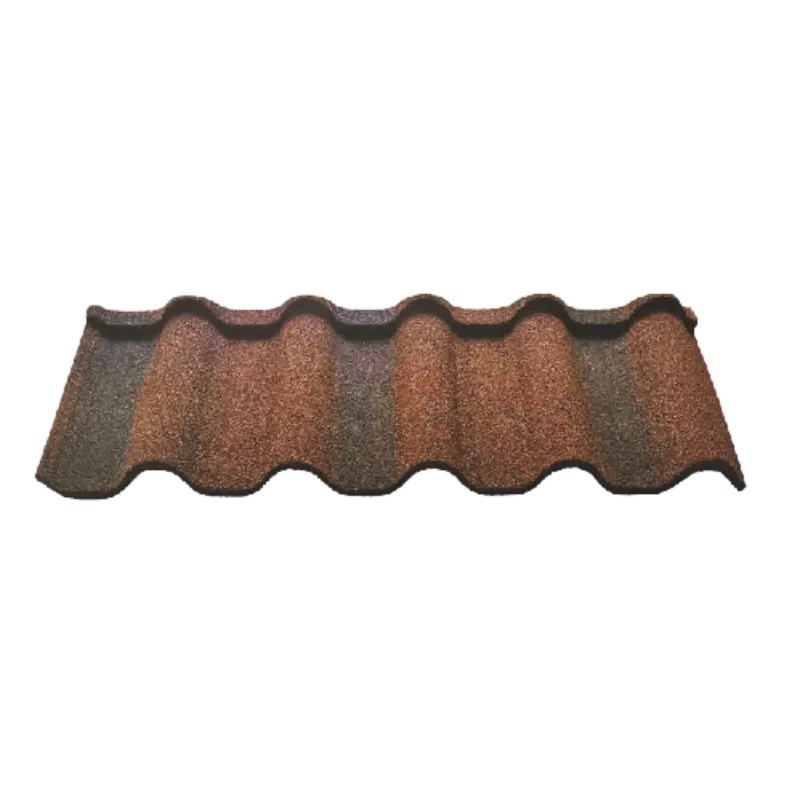
The installation of bituminous shingles requires careful planning and execution. Homeowners should hire experienced roofing professionals to ensure the job is done correctly. The process typically involves the following steps
1. Preparation The existing roof must be inspected for any damage, removal of old roofing material may be necessary, and any structural repairs should be made before new shingles are applied.
2. Underlayment A layer of underlayment is installed over the roof deck. This layer serves as an additional waterproof membrane, providing extra protection against leaks.
3. Shingle Laying Starting from the bottom of the roof, the shingles are installed row by row. Each shingle overlaps the previous one to ensure proper drainage and prevent water infiltration.
4. Flashing Installation Flashing is installed at roof joints and penetrations (like chimneys and vents) to enhance waterproofing.
5. Finishing Touches Once all shingles are installed, final inspections are carried out to ensure alignment and proper sealing.
Maintenance Tips for Bituminous Shingles
To extend the lifespan of bituminous shingles, regular maintenance is crucial. Homeowners should
- Conduct periodic roof inspections, ideally at least twice a year and after major storms, to check for damage or wear. - Clean gutters and downspouts to prevent water backup, which can lead to shingle deterioration. - Remove debris like leaves and branches from the roof to avoid moisture accumulation. - Address moss or algae growth quickly, as these can compromise the shingle’s integrity.
Conclusion
Bituminous shingles are a reliable, cost-effective, and aesthetically pleasing roofing choice for homeowners. Understanding their structure, benefits, installation, and maintenance can help homeowners make the best decisions for their roofing projects. With proper care and attention, bituminous shingles can protect homes for 20 years or more, providing peace of mind and enhancing the beauty of residential properties. Whether you are building a new home or looking to replace an existing roof, bituminous shingles remain a popular and prudent option in the roofing market.
-
Small Clay Roof Tiles for Durable & Stylish Roofing Red & Custom Options Available
NewsJun.24,2025
-
Lifetime Roof Shingles – Durable Roofing Solutions for Decades
NewsJun.10,2025
-
Top Roofing Shingles Types Compare Different Types of Architectural Roofing Shingles for Your Home
NewsJun.10,2025
-
Affordable Asphalt Shingle Roll Durable & Easy Flat Roof Solution
NewsJun.09,2025
-
Metal Asphalt Look Roofing Durable Shingle-Style Options
NewsJun.09,2025
-
Premium Clay Valley Roof Tiles Durable & Eco-Friendly
NewsJun.09,2025


